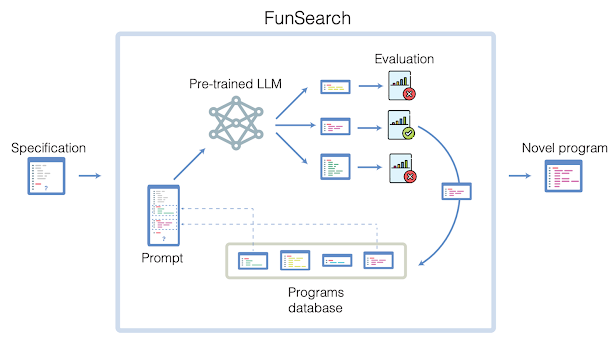In June 2023 an IBM computing executive claimed quantum computers were entering the “utility” phase, in which high-tech experimental devices become useful. In September, Australia’s Chief Scientist Cathy Foley went so far as to declare “the dawn of the quantum era”. Obviously, quantum computers are having a moment. But – to step back a little – what exactly are they? By Christopher Ferrie.
In the 1990s, physics and computer science collided when it was discovered that some problems could be solved much faster with algorithms that work directly with complex numbers as encoded in quantum physics. The next logical step was to build devices that work with light and matter to do those calculations for us automatically. This was the birth of quantum computing.
The article explains:
- What is a quantum computer?
- Why does quantum computing matter?
- What is the current landscape?
- Superconductors, ions, silicon, photons
- Where will the quantum future take us?
Commercial spin-offs of technology such as quantum sensing are also on the horizon. The demonstration of a genuine “quantum advantage” will also be a likely development. This means a compelling application where a quantum device is unarguably superior to the digital alternative. Super interesting read!
[Read More]